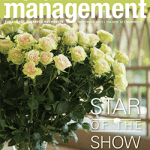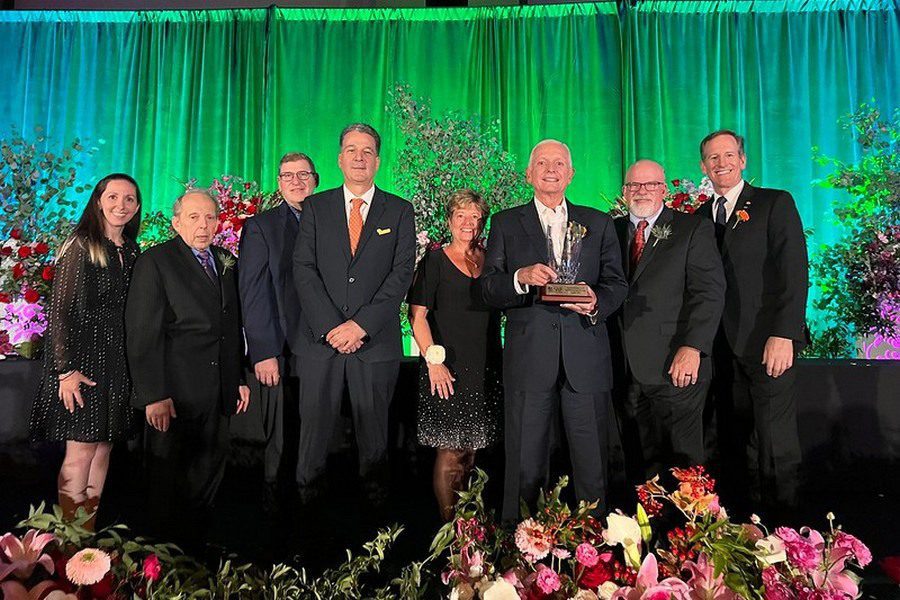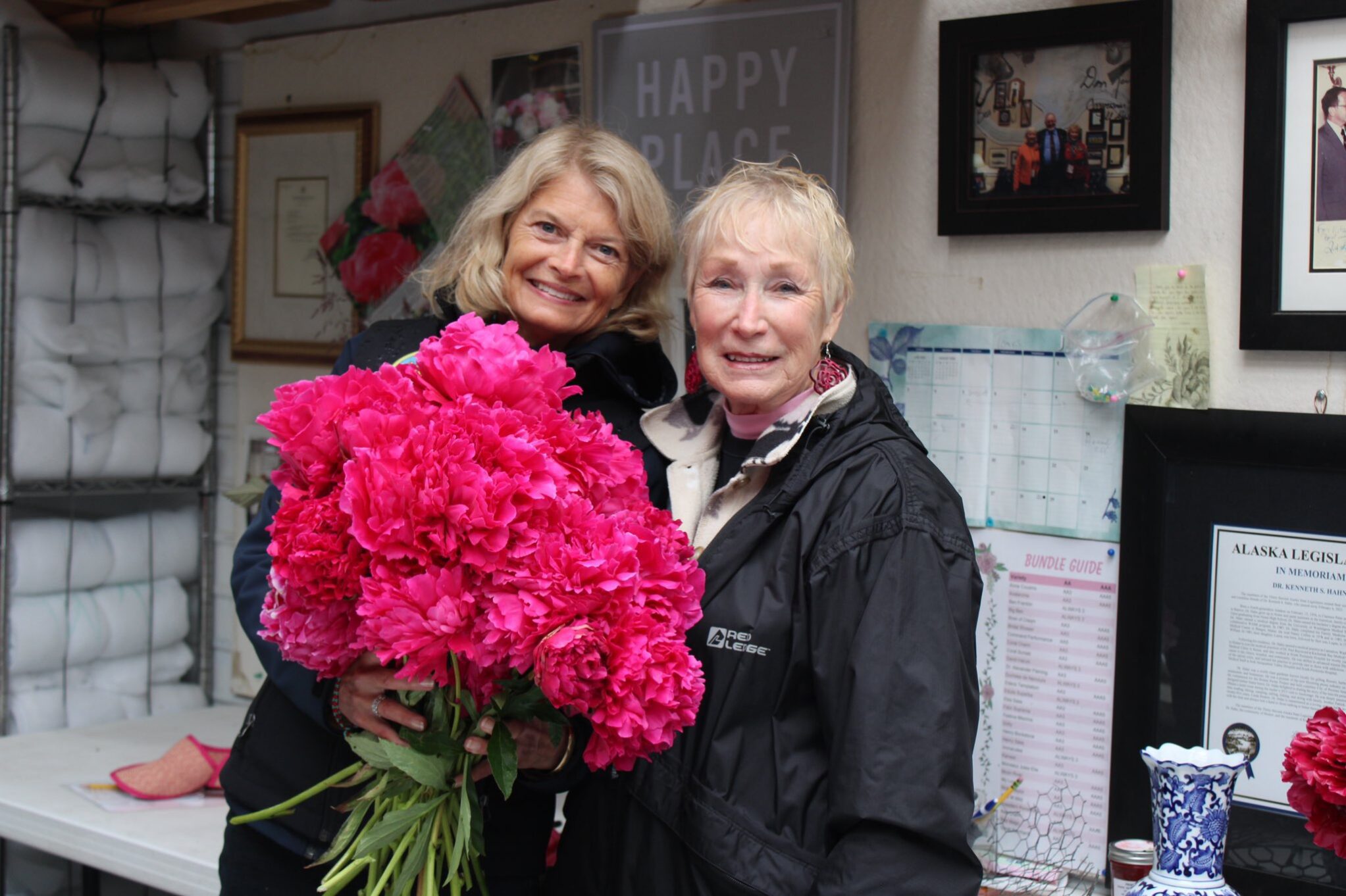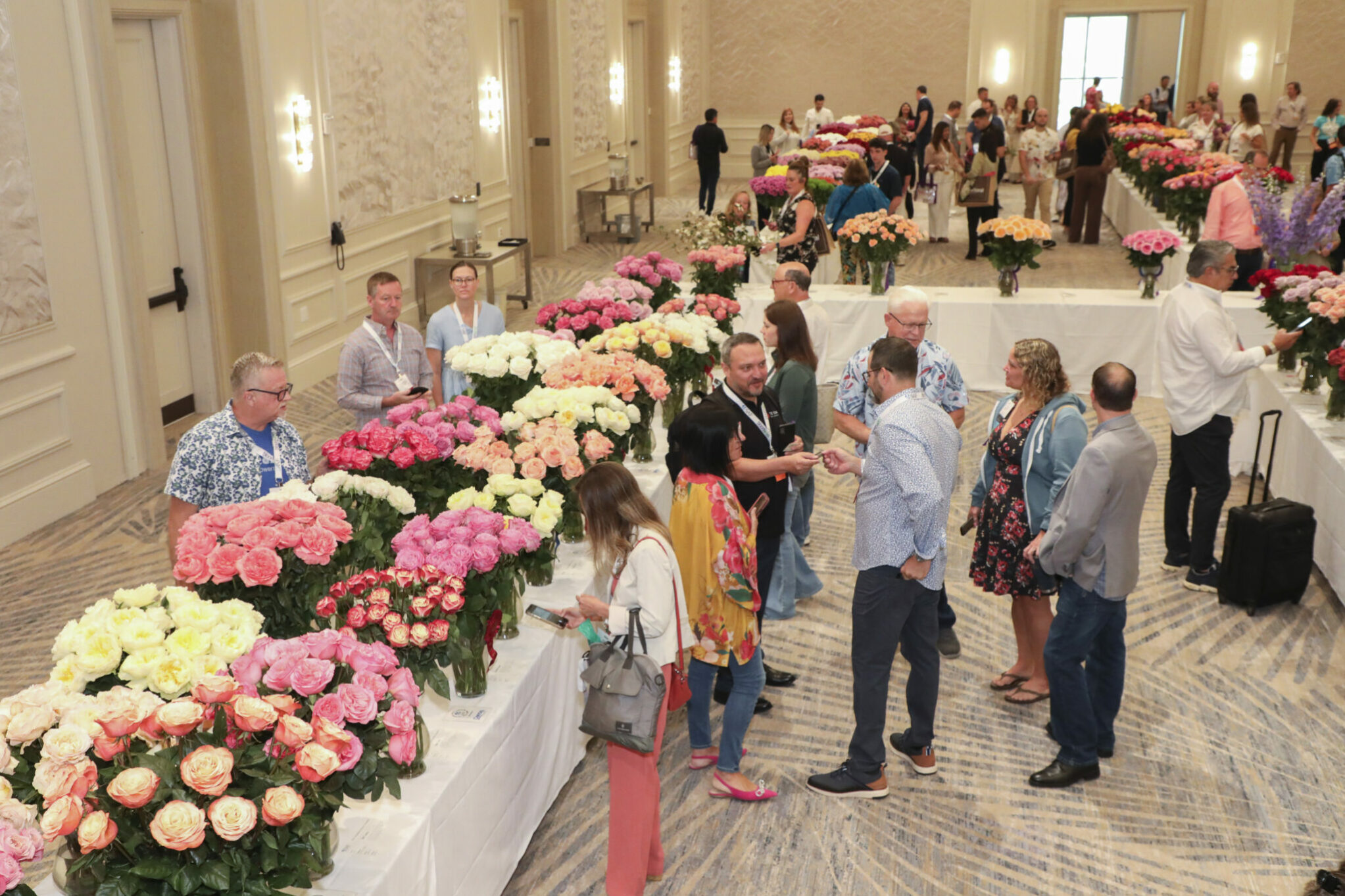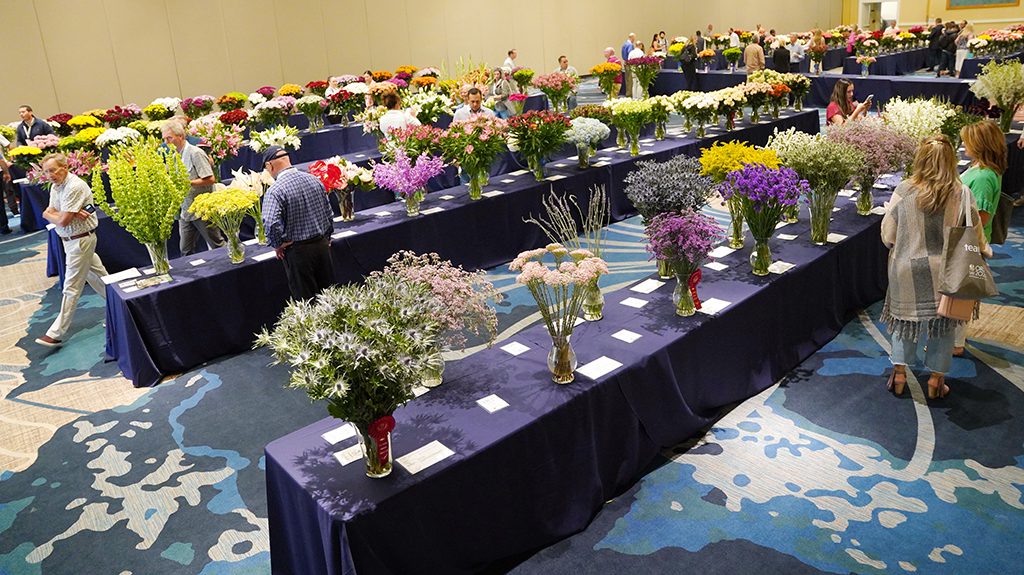
SAF’s Outstanding Varieties Competition gives growers valuable feedback that helps inform their purchasing and production plans. This year, the competition also includes breeders.
The Outstanding Varieties Competition at Society of American Florists’ convention annually provides a glimpse at future floral trends. And this year, SAF is doubling down on that expectation by expanding the contest to include new or limited availability varieties from breeders.
Since 1992 growers have used the competition to showcase their best varieties — and earn valuable feedback that helps inform their purchasing and production plans. This year, SAF extended that opportunity to breeders, to help them get valuable feedback on potential market appeal of their varieties.
SAF Phoenix 2023 attendees will vote on the breeder entries, some of which are known as “codes,” and new varieties that are on the market with very limited availability, to determine a “People’s Choice” winner.
Ana Ramirez, of the breeder and grower Danziger, says the new breeder category will not only enable them to get feedback on their newest developments, but also give the market a chance to glimpse what’s coming in 2024.
“It helps to close the gap between the breeder and what the market is looking for,” Ramirez says. “People will have an opportunity to see what is going to come and what breeders are working on.”
In addition to entering in the new category, Danziger will continue entering the growers category, noting that participating is a valuable part of their marketing strategy each year.
Martin Meskers, AAF, president and CEO of Oregon Flowers, knows firsthand the benefits of entering the competition. Last year his salmon-colored Oriental Trumpet lily ‘Zelmira’ won “Best in Show” and Oregon Flowers has since seen an uptick in sales for that variety.
While winning drew attention to his company and helped sales, Meskers says entering the contest is worthwhile because it provides valuable information and helps make connections throughout the industry.
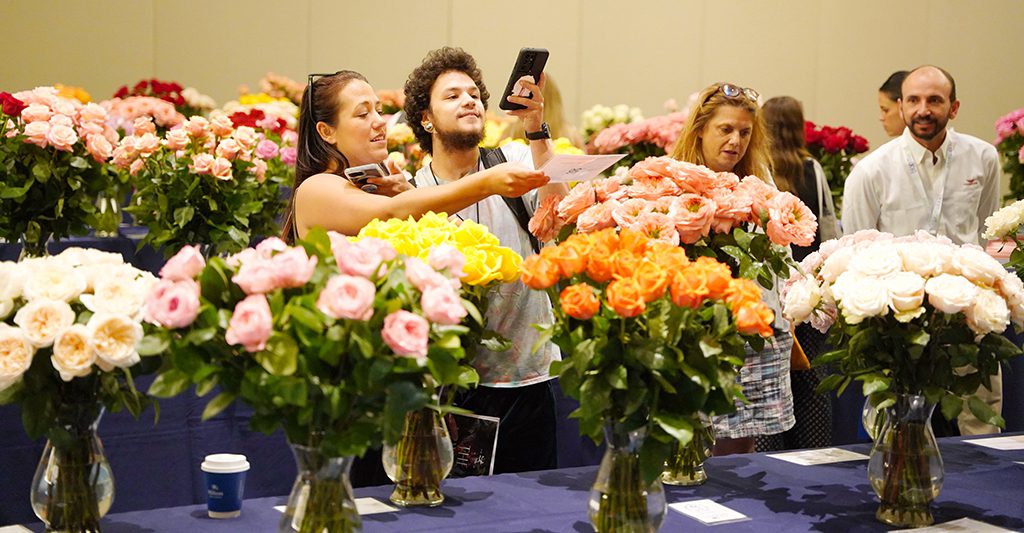
The Outstanding Varieties Competition provides a glimpse at future floral trends.
“We feel like we get a lot of feedback about what people like about certain varieties and we use that information what we buy from breeders,” he says. “We get that information firsthand by talking to the retailers and getting judges’ feedback.”
After the judging, Meskers makes a point to walk the floor and chat with convention attendees. He wants to know what they think, how a stem may be used in an arrangement and what colors and varieties everyday customers are seeking.
“We want to grow the flowers that the customers want,” he says. “It is a lot easier to sell them something that they want, but sometimes it is difficult to know one, two, three years in advance when we are buying bulbs.”
The conversations and entries at the competition provide some foresight, he says.
For past judge Lani Callister of Ensign Wholesale Flower Market in Salt Lake City, the competition is also a moment to embrace the passion, expertise and devotion of an industry always seeking to improve. Callister is always looking for something that fills a void, or a need. Meskers’ ‘Zelmira’ was a perfect example, she says, because the color was vibrant, on trend, and one that is not often found in lilies.
While entrants should consider market needs when choosing what to enter, Callister says varieties must also possess the outstanding characteristics including the stem, foliage, bloom size and color. She also recommended that entrants put some time and thought into the display. Long stems should be left tall. Don’t skimp on the number of stems, and consider how it looks in the vase, she says. This is not just beneficial in the official judging, but also in how convention attendees see the product.
“People that don’t enter really miss out on free advertising for themselves,” she says. “If their entry wins it gets a lot of attention, but I think it is important to enter every year because there is a lot of interest in what’s there along with the winners.”
For more information or to enter the Outstanding Varieties Competition, click here.
Sarah Sampson is a contributing writer for the Society of American Florists.


